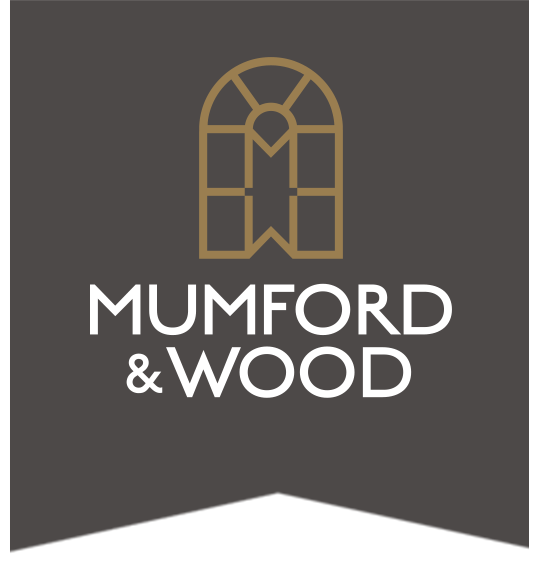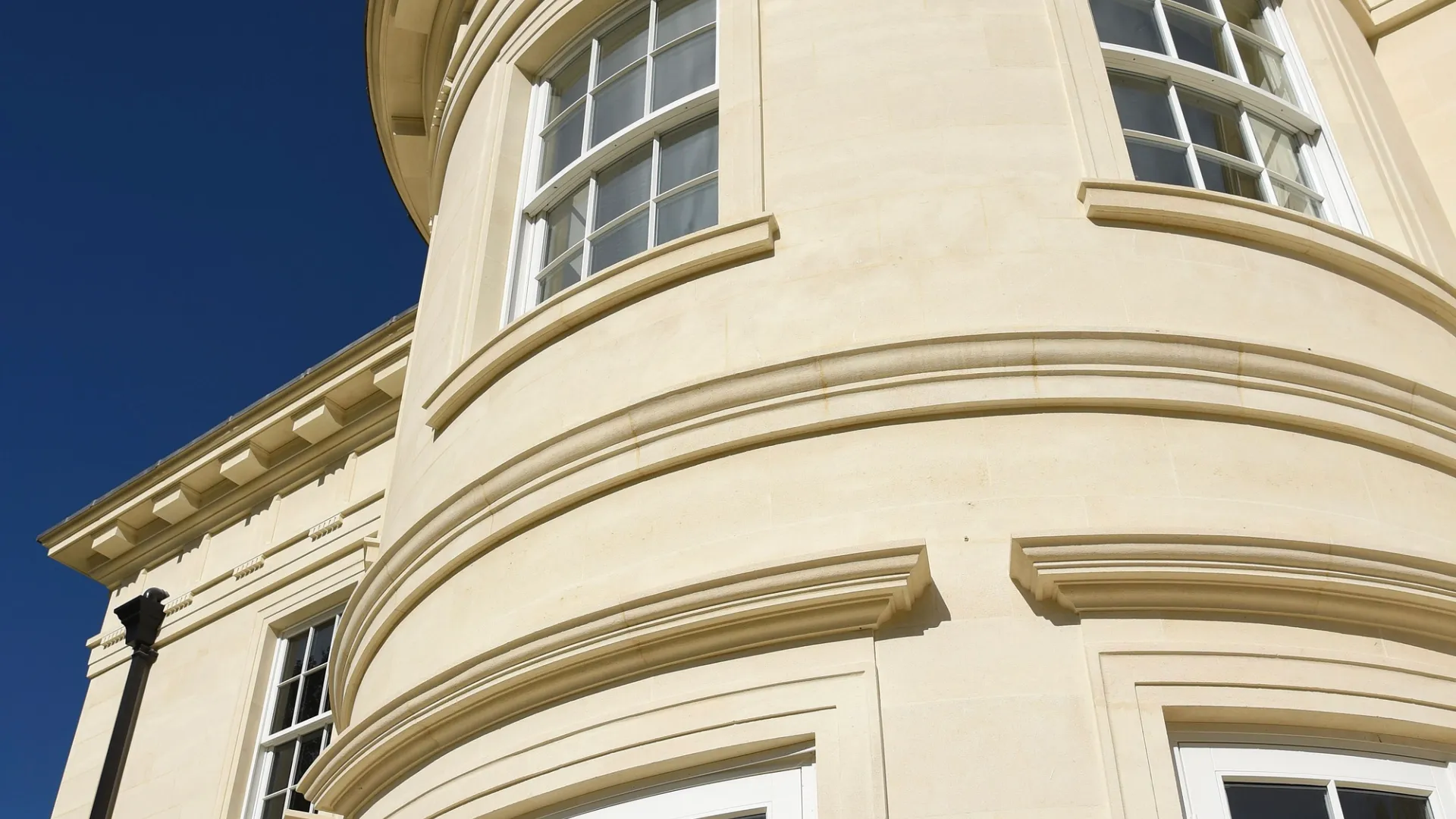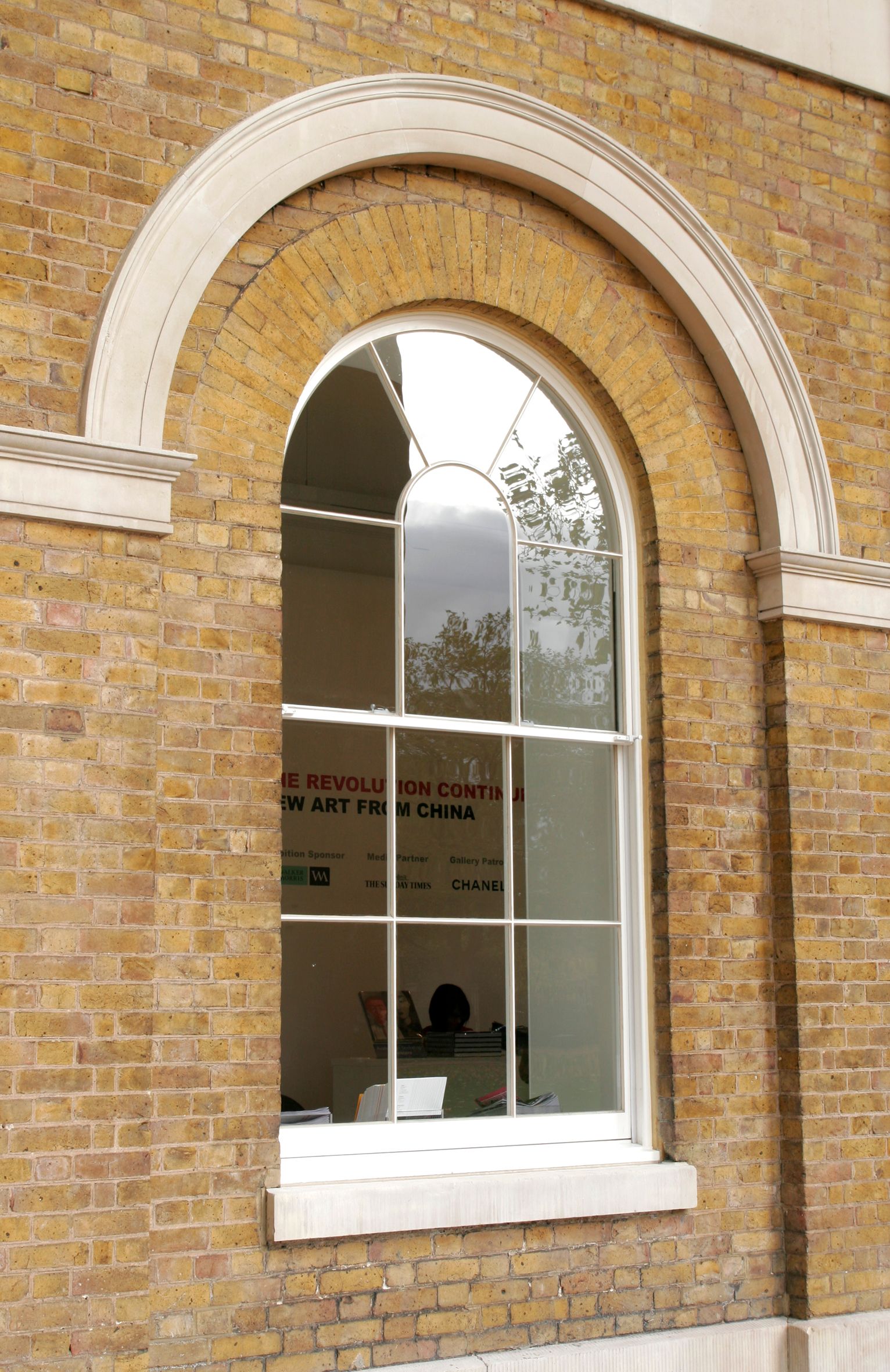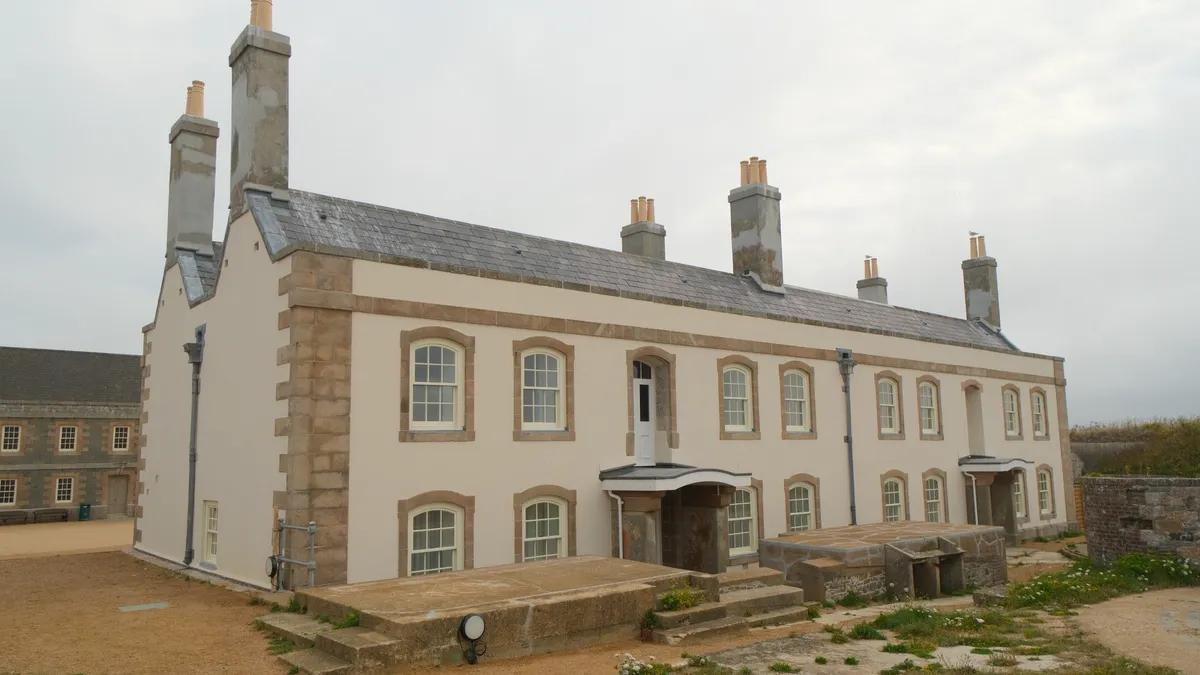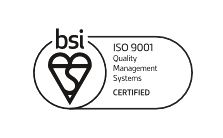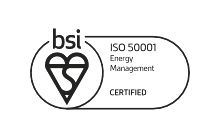If you’re looking to replace your existing windows but don’t know where to begin, this guide is here to help. We know how overwhelming it can be when you’re faced with lists of pros and cons—so we’re comparing the two most popular materials: uPVC and timber. Only one will come out on top, so let’s explore both in more detail.
Let's Get To Know uPVC
uPVC (unplasticised polyvinyl chloride) rose to popularity in the 1990s and quickly became a staple material across UK homes. Known for being low-maintenance and affordable, it became a go-to for many. But by 2010, demand began shifting toward higher-performing options that could deliver the look of timber without compromising on design aesthetics—particularly in high-value properties.
What Are the Advantages of uPVC Windows?
- Affordable option
- Low maintenance
- Weather-resistant and durable
- Available in many sizes and designs
- Offers basic energy efficiency
- Noise-reducing (though not as effective as timber)
- Can boost short-term property value
What Are the Disadvantages of uPVC Windows?
- Limited in design flexibility and customisation
- Shorter lifespan
- Not biodegradable or sustainably produced
- Can look less premium than timber
What is the Lifespan of uPVC?
While uPVC windows are known to last a while, their longevity is limited compared to natural materials like timber.
- Average lifespan: 16–18 years
Let's Talk Timber
Timber windows have undergone significant evolution in terms of performance, durability, and aesthetics. Today’s engineered timber windows are resistant to warping and sticking, and they’re available in a wide range of styles to suit all design needs and budgets.

What Are the Advantages of Timber Windows?
- Timeless, characterful appearance
- Excellent thermal insulation
- Sustainable and eco-friendly
- Extremely long-lasting
- Improves home security
- Suitable for conservation areas
- Compatible with double and triple glazing
- Custom-made to suit any project
What Are the Disadvantages of Timber Windows?
- Higher upfront cost compared to uPVC
- Price can vary depending on customisation
What Is the Lifespan of Timber?
Average lifespan: 60–80 years
Over that time, timber windows can save around ¾ of a tonne of CO₂ compared to uPVC alternatives.
Given the need to replace uPVC windows every 16–18 years, timber proves to be the better long-term investment both financially and environmentally.
Timber vs uPVC: Comparing Quality & Performance
Mumford & Wood is a proud member of the British Woodworking Federation (BWF)—the leading authority in the woodworking industry. Our windows are rated A+ for energy efficiency, surpassing many uPVC and aluminium options.
- Timber is 100% recyclable, while uPVC is typically only around 50% recyclable.
- Engineered timber offers superior performance, longevity, and returns on investment compared to uPVC.
What Do We Recommend?
If you're seeking long-term value, sustainability, and style, timber windows are the clear winner. Their natural insulating properties, long lifespan, and low environmental impact make them a smart choice for your home.
However, if you’re on a tight budget and need a short-term solution, uPVC may still offer a viable alternative.
About Mumford & Wood
At Mumford & Wood, we craft beautifully engineered timber windows and doors that combine classic design with modern performance. Every product is made to order using sustainably sourced materials, ensuring unmatched quality, durability, and elegance.
Interested in enhancing your property with premium timber windows? Download our brochure or request a physical copy for more inspiration.
